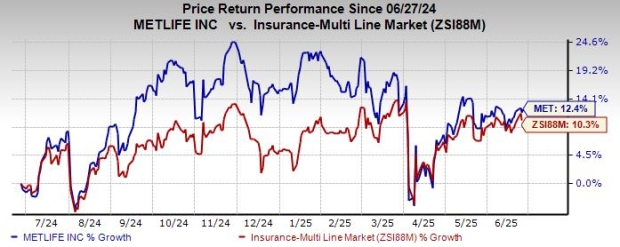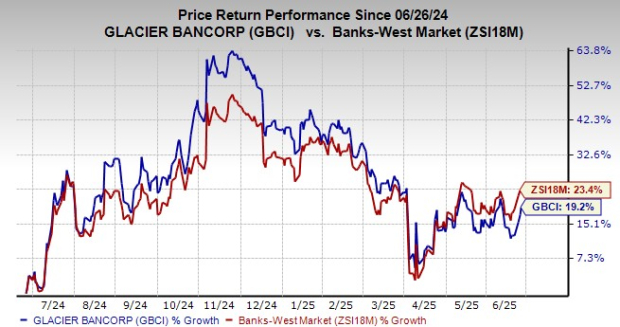Fed’s March Rate Cut
Markets were disappointed by Chair Powell saying March is not the Fed’s base case for its first rate cut at its recent Fed meeting. The Fed wants to see more progress on inflation, even though headline PCE inflation – the metric for the Fed’s 2% target – is already down to 2.6% YoY and core PCE is down to 2.9% YoY.

Delay in Rate Cuts
Markets are now pricing the first rate cut in May. If they’re right, the Fed will have gone 10 months between its last hike in July and its first cut. Since the Fed’s last hike, though, inflation has been falling, pushing up real rates and making monetary policy more restrictive.
Real Interest Rates
The real fed funds rate is the nominal rate minus inflation. Another way to think of it is whether interest income is enough to offset rising prices. So while the Fed has paused the nominal rate at 5.5%, core PCE inflation has slowed from 4.2% YoY to 2.9%. That means this “pause” has seen real rates increase 130bps to 2.5%.

Significance of Current Real Rates
Research from Deutsche Bank shows that the Fed typically begins cutting rates when the real fed funds rate is between 2%-3%. At the start of the 2019-20 rate cut cycle, real rates were only about 1%. So current real rates are actually at – or above – a level consistent with past cuts.

If you look at the chart above, you’ll notice that the Fed started cutting at progressively lower rates since the late ‘70s. In other words, a lower peak interest rate was needed to slow the economy. A big reason why is demographics. Since the ‘70s and ‘80s, the population has been aging, meaning we’ve seen slower labor force growth. When workers join the economy at a slower rate, economic growth naturally slows. In turn, the economy needs lower peak rates to cool it – which is exactly what we’ve seen. With demographics taken into consideration, a real interest rate around 1% seems to be enough to slow the economy now. So even if the Fed cuts as much as markets expect, real rates will be relatively restrictive. And that increases the risk of recession caused by leaving rates too high for too long.
The information contained above is provided for informational and educational purposes only, and nothing contained herein should be construed as investment advice, either on behalf of a particular security or an overall investment strategy. Neither Nasdaq, Inc. nor any of its affiliates makes any recommendation to buy or sell any security or any representation about the financial condition of any company. Statements regarding Nasdaq-listed companies or Nasdaq proprietary indexes are not guarantees of future performance. Actual results may differ materially from those expressed or implied. Past performance is not indicative of future results. Investors should undertake their own due diligence and carefully evaluate companies before investing. ADVICE FROM A SECURITIES PROFESSIONAL IS STRONGLY ADVISED. © 2024. Nasdaq, Inc. All Rights Reserved.










